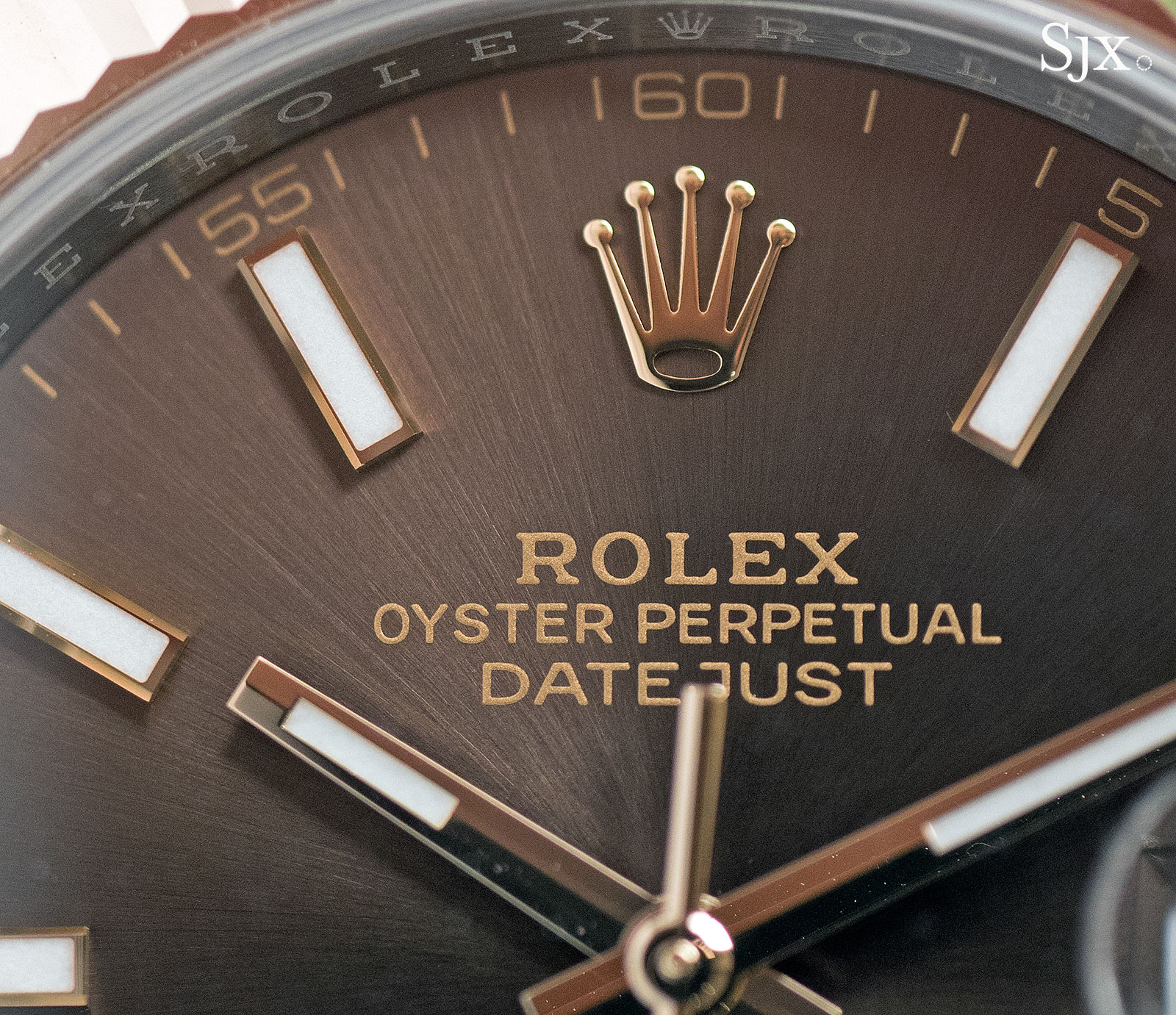Hands-On with the Rolex Datejust 41 Rolesor
Possibly the world's most famous wristwatch, the two-tone Rolex Datejust gets a major revamp inside and out, but paradoxically remains the same.
Perhaps the most famous luxury watch ever, the Rolex Datejust is over 70 years old, but looks much the same as it did decades ago.
The unchanging aesthetic belies the significant improvements Rolex has made to its bestseller, culminating in the latest Datejust 41, powered by the next generation calibre 3235 movement. Though the new ceramic Daytona and Air-King got way more press at Baselworld 2016, the Datejust 41 unveiled at the same time is arguably more important, simply because Rolex will sell many, many more of them.
Rolex introduced the new Datejust 41 at Baselworld 2016 and was careful to keep the familiar Rolesor – that’s Rolex parlance for two-tone steel and gold – aesthetic that is simultaneously instantly recognisable, a status symbol in many places, and yet rather dated. For those seeking an exciting new look, move along.
Though the Datejust seems unchanged, it has been subtly and artfully tweaked, looking better for it. The Datejust’s makeover is similar to that given to last year’s Day-Date 40, giving it better proportions, along with stylistic refinements like slimmer lugs.
The major facelift
The Datejust 41 replaces the Datejust II, which was clumsily proportioned. The issue with the Datejust II (and also its cousin the Day-Date II) was that it relied on a movement designed for a smaller watch, despite being a larger watch. That led to an overly wide bezel and a disproportionately date window. Together these design elements threw the Datejust II off balance.
Though it is difficult to pinpoint what exactly is new with the Datejust 41, the whole look is obviously better. The new Datejust 41 is the same size as the watch it replaces, but has much better balance because the movement inside was designed from the ground up to fit the 41mm case.
The laser engraved flange bearing the serial number at six o’clock that’s standard on all Rolex watches
That’s obvious in the details: the bezel is appropriately sized, and so is the date window. Overall it feels properly sized, albeit still as old-fashioned – or a timelessly classic to be kind – as before.
Twin dots underneath the Rolex logo on the crown mean it’s a Twinlock with two seals for water-resistance
Awesome Oyster
The Datejust 41 case also feels more refined thanks to lugs that taper a tiny bit more, ending in a finer point. The steel case, like many other external components of a Rolex watch, is wonderfully well made. Robust, rigid and rated to 100m, the Oyster watch case is almost as good as it gets.
The same can be said of the impressively engineered Oysterclasp. Spring-loaded and exceptionally well finished, even on the underside, the Oysterclasp won’t win awards for progressive design or beauty, but it’s a lovely piece of engineering.
Next generation movement
More substantive is the calibre 3235 inside the Datejust 41. It’s the second specimen of Rolex’s next generation movements to emerge from the secretive Geneva giant; the first was the calibre 3255 in the Day-Date 40.
The calibre 3235 inside the Datejust 41 boasts several features that improve its practicality and usability, many of which were pioneered on the Day-Date 40. Invisible and difficult to grasp for the layman, such innovations are actually significant progress in how a mechanical watch works and is used.
To start with, the calibre 3235 has a 70-hour power reserve, or about three days. That means it can be removed on Friday and picked up again on Monday without stopping over the weekend. That’s made possible with a redesigned gear train (the wheels that transmit power from the mainspring to the oscillator) that functions more efficiently, as well as a thin-walled barrel which means a longer mainspring can fit inside.
Further efficiency gains come from the patented Chronergy escapement, a redesigned lever escapement that beats with 15 per cent less energy than a conventional escapement.
And unlike most movements with date functions that should not be set in the hours before and after midnight, the date on the Datejust can be set at anytime without upsetting the mechanism.
Price and availability
The Datejust 41 is currently only available in Rolesor, which is a combination of steel and either yellow gold or Everose gold. It is offered either with an Oyster or Jubilee bracelet, as well as a choice of a smooth or fluted bezel. A variety of dials are available, including the top of the line with diamond hour markers.
The options are relatively limited for now, but over time it will surely expand to dozens. References for the variants are as follows:
Datejust 41 ref. 126301 – Steel and Everose gold with Oyster bracelet and smooth bezel
Datejust 41 ref. 126303 – Steel and yellow gold with Oyster bracelet and smooth bezel
Datejust 41 ref. 126331 – Steel and Everose gold with Jubilee bracelet and fluted bezel
Datejust 41 ref. 126333 – Steel and yellow gold with Jubilee bracelet and fluted bezel
They are available at Rolex retailers, starting at US$12,300 or €11,450, and rising to US$15,000 or €13,000 for the diamond-marker model.
Back to top.